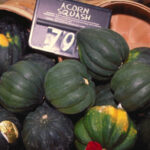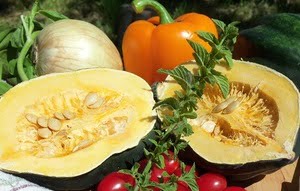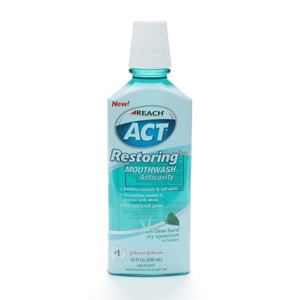Last night while slicing vegetables for a salad and a dinner entree I decided to cut several different veggies into julienne slices. On a regular basis I cut various vegetables into unusual shapes, which I think adds a sense of fun to a meal. The thin matchstick-like pieces provided by a julienne cut also always add to the visual appeal of a dish.
First I cut half of a carrot then half of a green pepper into julienne slices. After that I cut a piece of summer squash into round slices. As I started to slice half of an onion I decided to cut it into julienne slices, which I rarely do with onions. It should be noted that the cutting knife needs to be thoroughly washed clean after cutting each vegetable and before slicing another.
Before I sliced the onion I had to stop and think about how I was going to slice it because of its round shape. For onion slices to lie flat each large piece to be julienned has to be ‘snapped’ which means there would be a little break in each slice.
For the sake of convenience I simply placed the onion flat side down and made thin half-circle cuts
As I sliced the vegetables I wondered how many people did not know how to cut veggies into julienne or matchstick-style pieces and realized that providing easy to understand information on how to do so would be a good topic for an article.
While working as a prep cook and line cook for many years I had plenty of opportunities to cut various types of vegetables into julienne-style pieces and I still enjoy using the julienne cut at home.
When cutting the julienne-style pieces always keep your fingers folded over to avoid being cut but also use the folded ‘bridge’ of fingers to help guide the knife into producing thin, uniform-sized pieces.
When you want to cut vegetables into julienne-style pieces it is best to try to have a flat bottom surface of the vegetable you are cutting. For example, one of the more challenging vegetables to cut into julienne-style pieces is the carrot. Because of their round shape carrots can roll when cut into.
The first step when cutting a carrot into julienne-style pieces is to cut a long, not too deep slice from one side of the carrot. The flat surface that is exposed should be the bottom side and provides an anchor of sorts while the carrot is being cut.
Very carefully, with your fingers folded over into a bridge for safety, cut the carrot into several long rectangular pieces. Depending on the size of the julienne pieces you are looking for you can cut the piece whole, into long strips or you could cut the carrot in half lengthwise for smaller pieces.
The strips should then be cut in half lengthwise, then again and maybe again depending on the width you desire. After each cut, turning the strip over 1/4 turn produces cleaner slices.
When cutting carrots into julienne-style pieces I find that emphasizing the heel or back part of the knife often works best.
Celery and leeks are two vegetables that I like to utilize the tip of the knife with when cutting. The thin front part of the knife offers precise cutting capabilities that can produce very thin julienne cuts.
Among the more challenging vegetables that I’ve ever cut into julienne-style pieces are sun-dried tomatoes. Sun-dried tomatoes are fairly sticky in nature and the pieces are normally not uniform in shape or size. Many times when I would cut them into julienne-style pieces for salads, pizza toppings and sandwiches the pieces would stick to the knife blade.
One day a veteran chef told me to try slicing the tomatoes near the sink so I could periodically immerse the blade in hot water to clean the blade and allow the hot blade to easily cut through the sun-dried tomatoes. That method really does work well.
Bell peppers are a type of vegetable that I have ‘julienned’ myriad times. When cutting bell peppers it is best to remove all white and green matter from the inside of the pepper befoe cutting. This will help to provide neat and attractive pepper slices.
The peppers should be cut into quarters then placed outside-down for cutting. The inside of the pepper offers a better surface to cut into than the outside which can be glossy and slippery. Many peppers are irregularly shaped which often means that different-sized julienne pieces are produced.
Depending on the shape, size and texture of the vegetable different methods may be needed to produce julienne-style pieces. Two of the most important things I’ve learned about cutting vegetables through the years are to cut a flat surface out of the vegetable to use as the bottom side and to keep the fingers on the free hand folded over into a bridge which can be used to safely guide the cut.
No matter what type of vegetable you want to cut into julienne-style pieces, take the time to be careful and try to visualize in your mind’s eye how you want the pieces to look. Have fun with your food.
Sources :
Personal and professional experience with cutting vegetables julienne-style





